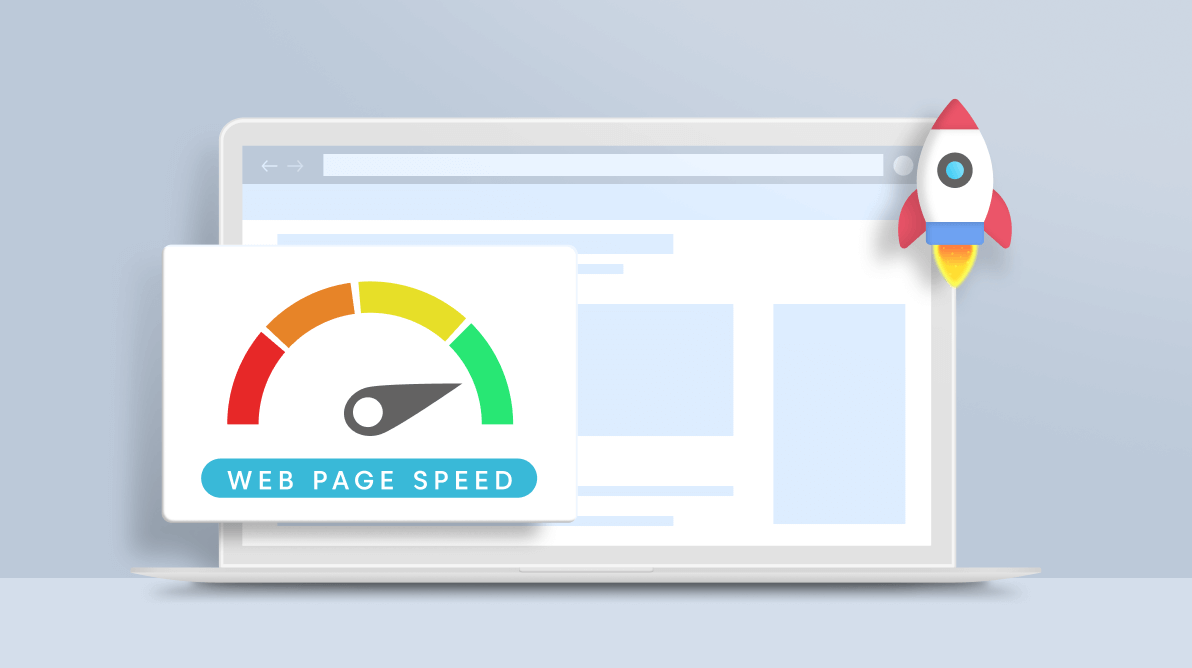With the increasing importance of online presence, website performance has become an important consideration for businesses looking to reach their target audience. Among various factors affecting website performance, website loading speed is one of the most critical elements that can make or break the user experience. In Vietnam, where internet speeds are generally slower than in other countries, optimizing website loading speed is crucial to ensure that businesses can effectively reach their Vietnamese audience. A fast-loading website not only helps improve the user experience but also helps businesses achieve better search engine rankings. In this post, we will delve into tips and best practices for improving your website’s loading speed for Vietnamese users and ensure your website can reach and engage your target audience effectively.
I. Minimize HTTP Requests:
HTTP requests are one of the biggest contributors to slow website loading speeds. A website typically consists of various elements such as images, CSS, JavaScript files, and others. Each element requires a separate HTTP request to the server, which can cause delays in loading times. To minimize HTTP requests, businesses should aim to reduce the number of elements on their website. They can do so by using fewer images, reducing the size of images, minimizing CSS and JavaScript files, and compressing HTML, CSS, and JavaScript files. It is also advisable to use a content delivery network (CDN) that can cache files and serve them to users from the server nearest to them. This reduces server response times and improves website loading speed.
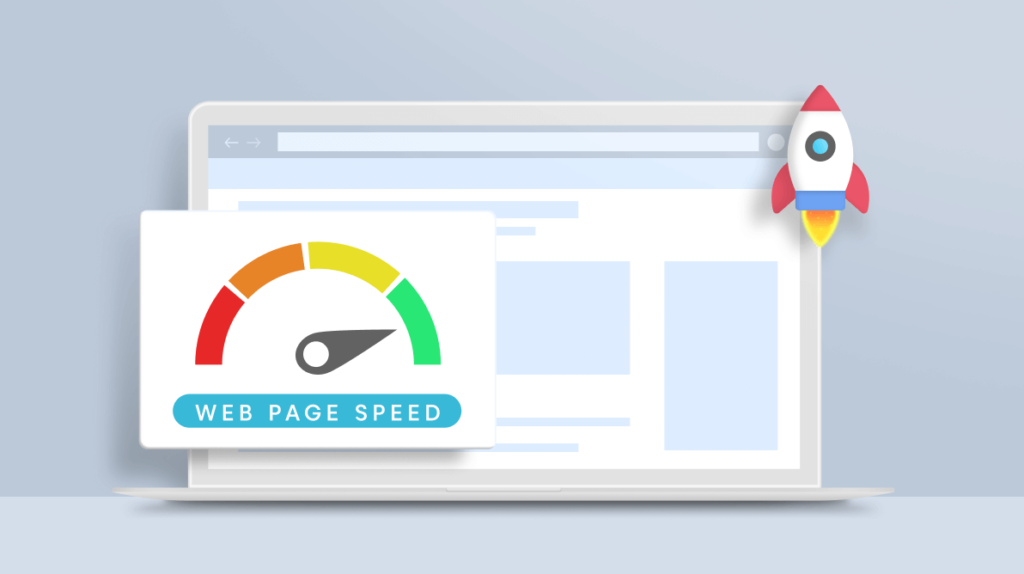
II. Optimize Images:
Images are another significant contributor to slow website loading speeds. Large images can significantly slow down a website’s loading time, especially on mobile devices. To optimize images, businesses should consider using compressed image formats such as JPEG or PNG and reducing image file sizes without compromising quality. Using responsive design can help businesses deliver appropriately sized images based on the user’s device, which can also improve website loading speed.
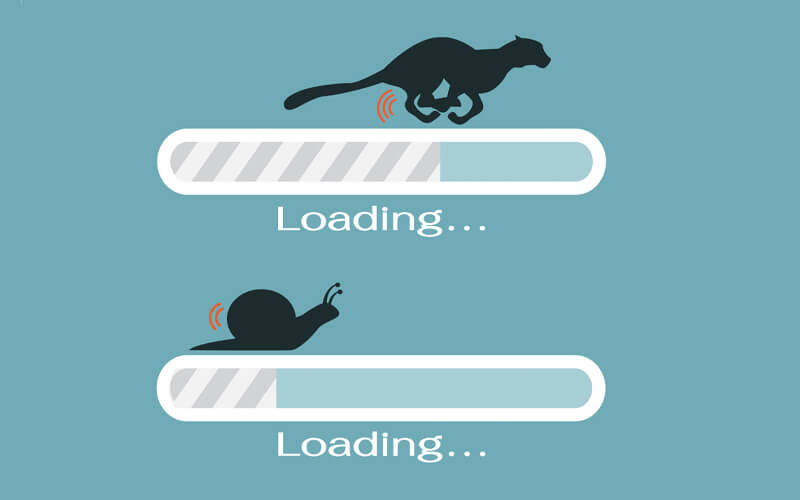
III. Use Browser Caching:
Browser caching is a technique that allows web browsers to store website files locally. When a user visits the same website again, the browser can quickly retrieve the website files from its cache, reducing the time it takes for the website to load. To use browser caching, businesses can set an expiration date for their website’s files, which indicates how long the browser should store them. Additionally, businesses can use a caching plugin or server caching to improve website loading speed further.
IV. Minimize JavaScript and CSS:
JavaScript and CSS files can also contribute to slow website loading speeds. To minimize JavaScript and CSS, businesses can use minification techniques that remove unnecessary characters from the code, reducing file sizes. Combining multiple files into a single file can also reduce HTTP requests and improve website loading speed. Additionally, businesses can use asynchronous loading techniques, which load JavaScript files and CSS files separately from other website content, improving website loading speed.
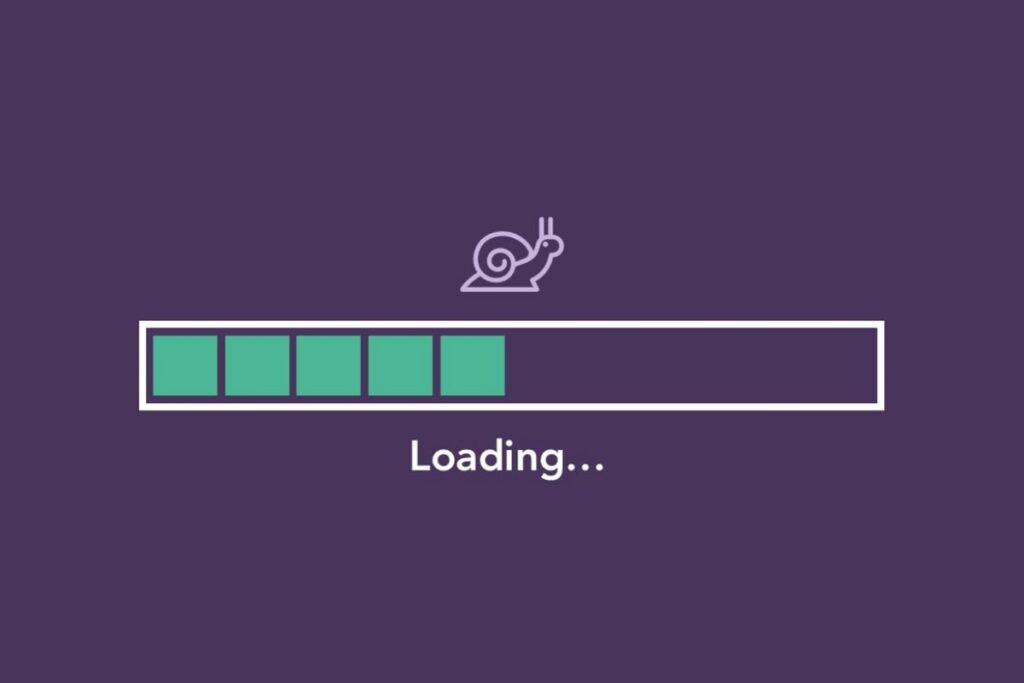
V. Consider Server Location:
Server location can also affect website loading speed. A server located closer to the user can deliver website content more quickly than a server located further away. Therefore, businesses targeting Vietnamese users should consider using a server located in Vietnam. This can improve website loading speed for Vietnamese users and enhance their browsing experience.
In conclusion, optimizing website loading speed is crucial for businesses that want to improve user experience and increase conversions. By minimizing HTTP requests, optimizing images, using browser caching, minimizing JavaScript and CSS files, and considering server location, businesses can improve website loading speed and deliver a better experience for their users.
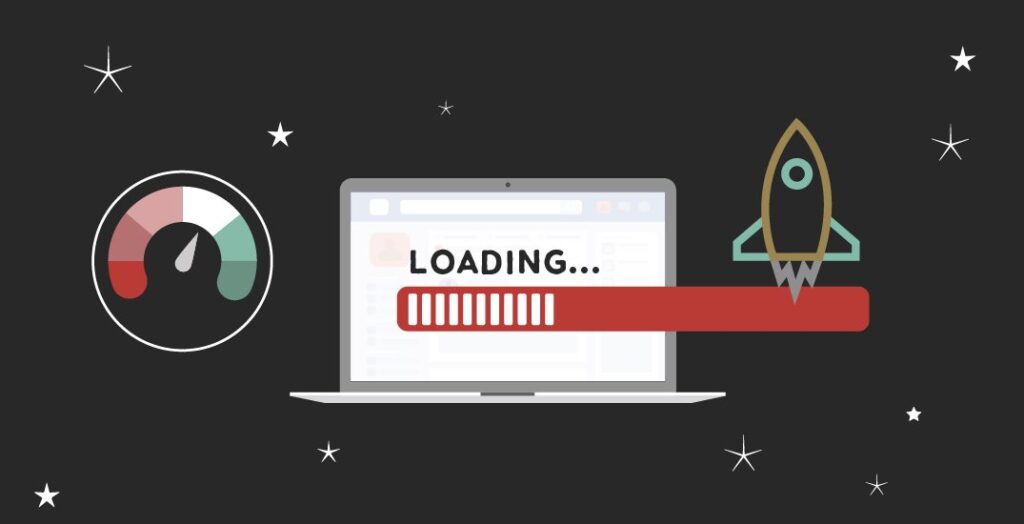
Key Points Summary:
- Minimize HTTP requests to reduce website loading speed
- Optimize images to reduce file sizes and improve website loading speed
- Use browser caching to reduce the time it takes for the website to load
- Minimize JavaScript and CSS files to reduce file sizes and improve website loading speed
- Consider using a server located in Vietnam to improve website loading speed for Vietnamese users.
By following these tips and best practices, businesses can create a website that resonates with Vietnamese users and drives results.
Contact us today to learn how we can help you improve your website’s loading speed for Vietnamese users and drive results in the Vietnamese market.



